A glimpse at Spain’s unique architecture
Spain’s unique architecture and design have a long and varied history that reflects the many civilizations that have influenced the nation throughout the years.
Spain’s unique architecture and design have a long and varied history that reflects the many civilizations that have influenced the nation throughout the years.

The Iberian Peninsula’s original inhabitants, who are still present in parts of Galicia and the Basque Country, created megalithic constructions including dolmens and stone circles. With the entrance of the Romans in Spain in the second century BCE, massive structures including aqueducts, theaters, and triumphal arches were built. These structures may still be seen in places like Mérida.
The Moors controlled Spain for more than 700 years, leaving a lasting architectural heritage that includes the Alhambra palace in Granada, the Mezquita mosque in Cordoba, as well as a number of other buildings with elaborate geometric patterns and rich landscaping.
Romanesque, Gothic, and Mudéjar architectural styles continued to be used into Spanish construction during the medieval era. The Alcázar of Seville, the Royal Palace of Segovia, and the Cathedral of Santiago de Compostela are notable examples.
The architectural styles of Renaissance and Baroque were introduced to Spain in the 16th and 17th centuries and are distinguished by opulent structures with elaborate facades, sculptures, and murals. The Royal Palace of El Escorial and Madrid’s Buen Retiro Palace are two of the most illustrious examples.
Spanish architecture and design underwent a modernist transition in the 20th century, with architects like Antoni Gaudí and Santiago Calatrava designing famous structures like the Sagrada Familia in Barcelona and the City of Arts and Sciences in Valencia.
Modern Spanish architecture and design reflect the nation’s rich cultural legacy while embracing cutting-edge methods and materials.
Many Spanish structures from the Middle Ages, particularly those in Andalusia, exhibit the Mudejar architectural style, which is defined by the blending of Islamic and Christian features. It is distinguished by exquisite tilework, sophisticated geometric patterns, and horseshoe arches.
The Renaissance architectural style made its way to Spain in the sixteenth century and is distinguished by opulent structures with elaborate facades, sculptures, and paintings. In Spanish palaces, churches, and public structures from this era, it is frequently observed.
The Baroque architectural style, which was introduced to Spain in the late 16th century, is distinguished by dramatic curves, sweeping staircases, and intricate decoration. In Spanish cathedrals, monasteries, and palaces from this time period, it is frequently observed.
Known for its pointed arches, ribbed vaults, and intricate tracery, Gothic architecture first appeared in Spain in the 13th century. Many Spanish cathedrals, churches, and monasteries from this time period still display it.
Spanish architecture has a distinct regional identity as well as these broad styles, with structures displaying local resources, methods, and customs. For instance, builders used ceramics in their constructions in Catalonia, whilst stone and wood were popular building materials in the Basque Country.
The late 19th and early 20th centuries saw the emergence of Catalan Modernism, commonly referred to as Catalan Art Nouveau. This style was distinguished by its distinctive fusion of contemporary art and architecture with conventional Catalan motifs and methods.
The three principal architects of the Catalan Modernist movement—Antoni Gaudí, Lluís Domènech i Montaner, and Josep Puig i Cadafalch—created many of Barcelona’s and other Catalonia’s most recognizable structures. These structures stand out for their organic shapes, surreal shapes, and exquisite embellishment, which are frequently drawn from nature.
Gaudí’s Park Güell, the Sagrada Familia, Casa Batlló, and Casa Milà in Barcelona are some of the most well-known examples of Catalan Modernism, as are Domènech I Montaner’s Palau de la Msica Catalana and the Hospital de Sant Pau in the same city.
Catalan Modernism had an effect on furniture design, ceramics, textiles, stained glass, and other decorative arts in addition to architecture. The organic shapes, vivid colors, and detailed details of the structures themselves are frequently repeated in these ornamental pieces.
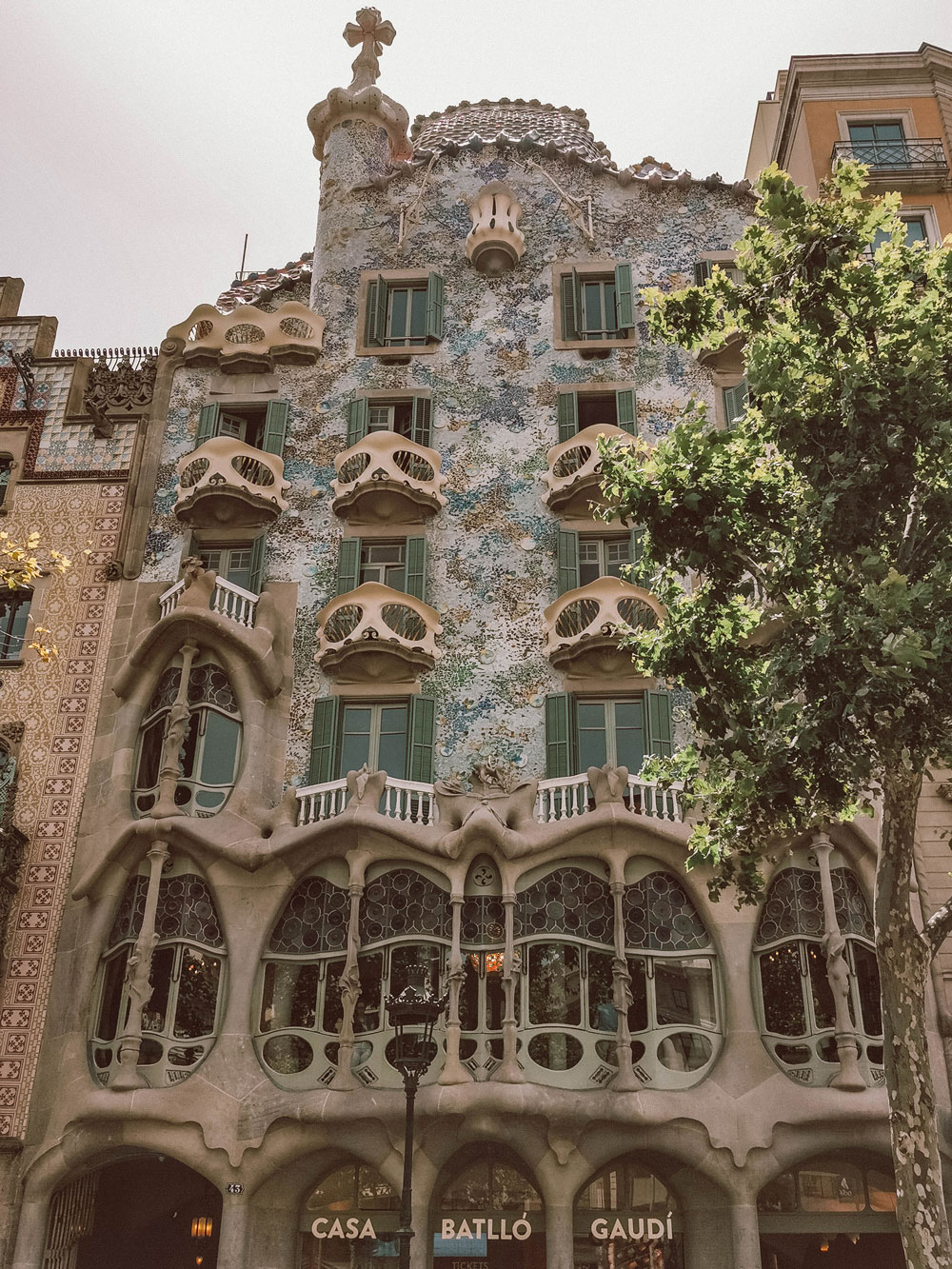
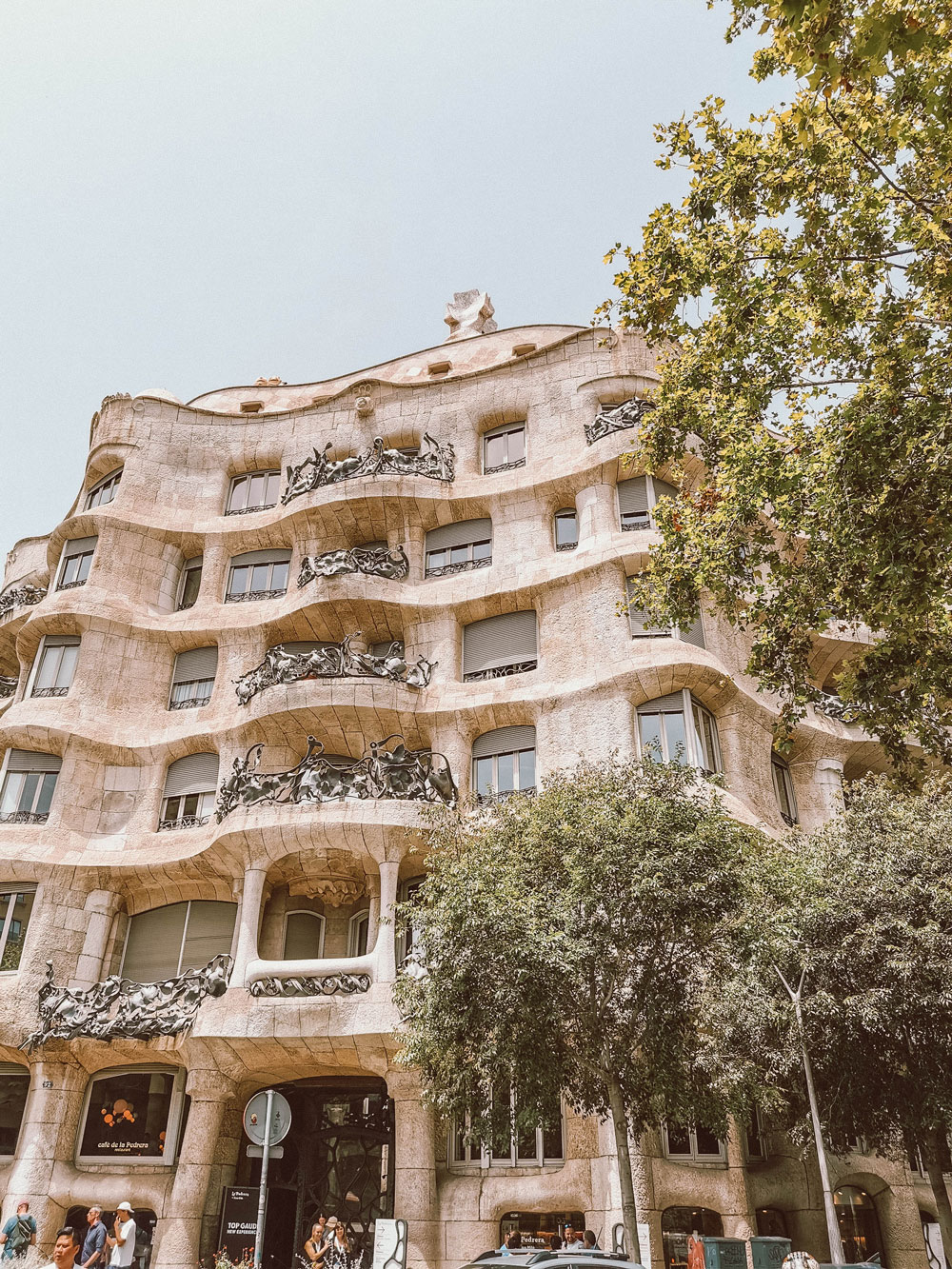
Spanish architect and designer Antoni Gaudí made a significant impact on the country’s built environment. He is recognized as one of the most influential architects of the 20th century, and many people believe that his creations are among the most original and innovative in the entire globe.
Gaudí was born in Catalonia, Spain, in 1852, and spent the most of his professional life in and around Barcelona. He is well known for his organic, naturally inspired designs, many of which have sweeping arcs, tiny details, and unique forms.
Among Gaudí’s most well-known creations are the Sagrada Familia, a massive, unfinished cathedral that has become one of the city’s most recognizable landmarks, Park Güell, a whimsical public park in Barcelona, Casa Batlló, a private residence with a facade that resembles the scales of a dragon, and Casa Milà, a residence with undulating balconies and a rooftop garden.
In addition to his architectural creations, Gaudí produced innovations in the areas of metalwork, pottery, and furniture design. He was especially fascinated by the use of color, and he frequently infused vivid colors into his creations to give them a distinctive, joyful aspect.
He is considered as one of history’s greatest architects, and in the years after his passing, innumerable creatives have drawn inspiration from his legacy.
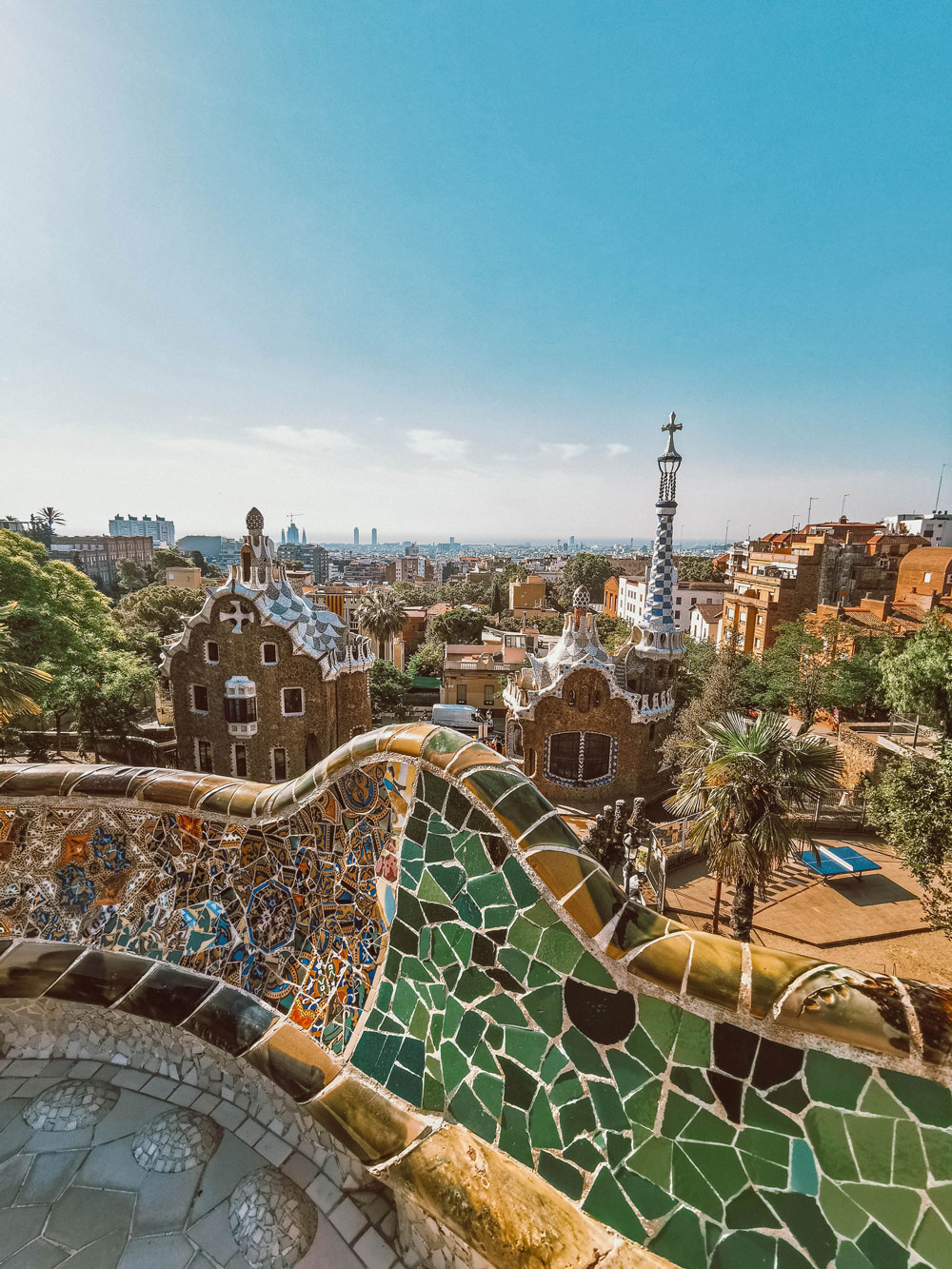
In the Gràcia neighborhood of Barcelona, Spain, there is a public park called Park Güell. The park, created by Antoni Gaudí, is recognized as one of his most innovative and fanciful creations and is regarded as one of the most significant cultural icons in the city.
Rich businessman Eusebi Güell commissioned the creation of Park Güell as a residential area for the city’s elite. Gaudí created the park to represent this notion, integrating rich gardens, twisting walks, and a variety of quirky sculptures. The park was meant to offer its people a tranquil respite from the bustle of the city.
The way that color and shape are used in Park Güell is one of its most defining characteristics. The park’s organic forms and sweeping curves, together with the constructions’ detailed detailing and vibrant colors, give it a whimsical and creative vibe.
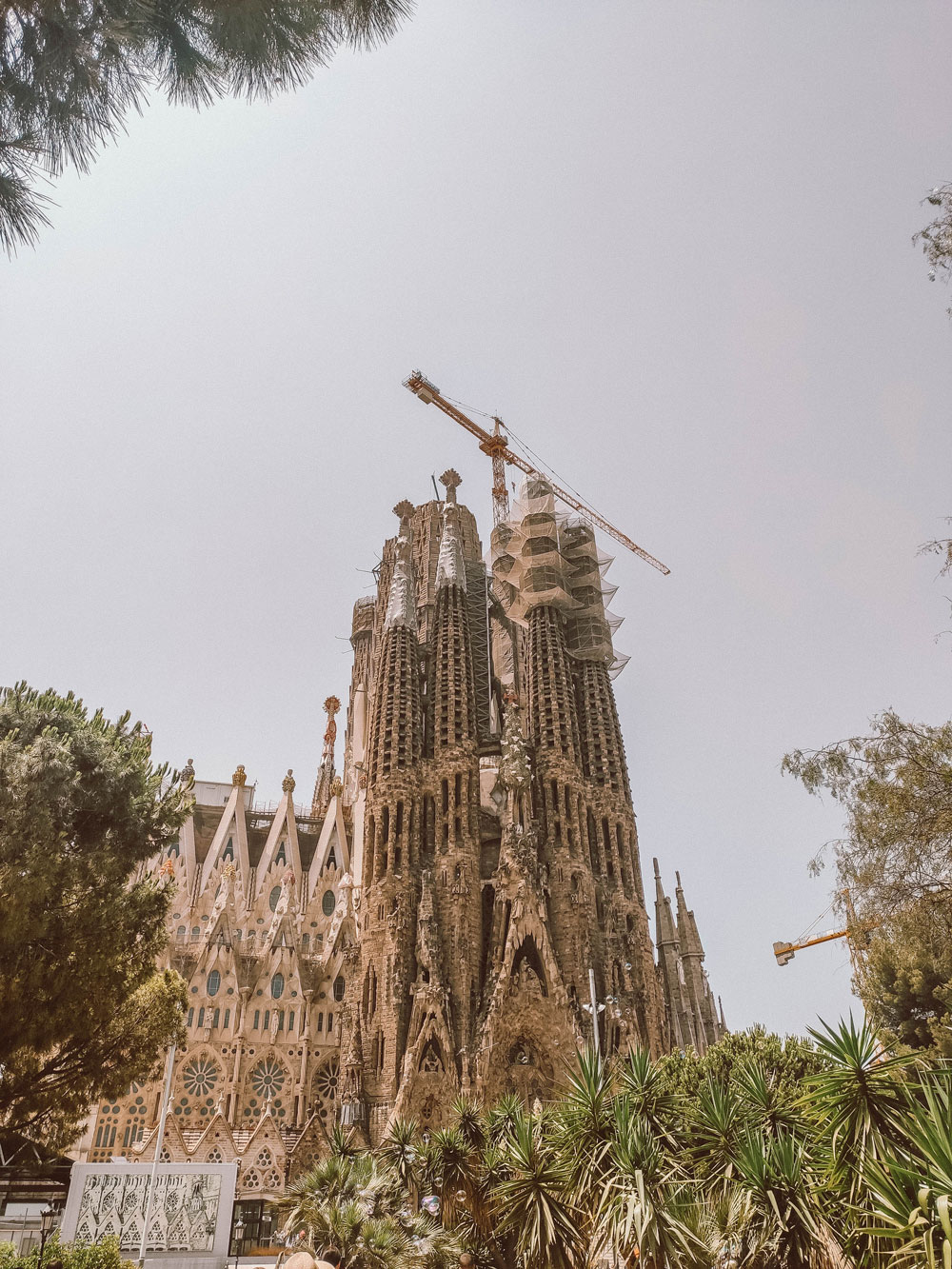
La Sagrada Familia, a vast church in the center of Barcelona, is another of Gaudí’s well-known creations. The church is recognized as Gaudí’s best achievement and is one of the city’s most identifiable structures.
La Sagrada Familia, a vast church in the center of Barcelona, is another of Gaudi’s well-known creations. It is widely acknowledged that the church is Gaudi’s best achievement and that it is one of the city’s most identifiable structures.
When Gaudí passed away in 1926, La Sagrada Familia was still incomplete after being given the go-ahead in 1882 and building starting in 1882. Even though the church is still being built today, it remains open to the general public and receives millions of tourists yearly.
Soaring towers and ornate facades with detailed carvings, sculptures, and stained glass windows are the church’s distinguishing features. The interior, which has sweeping naves and a massive central dome, is equally stunning. The church is recognized as one of the most inventive religious structures in the world. Gaudí’s use of light, color, and shape inspires awe and amazement.
Gaudi is frequently recognized for inventing a fresh architectural aesthetic that places an emphasis on the interaction between form, function, and the natural environment.
His ability to incorporate the surroundings into his designs is one of his most notable artistic achievements. He frequently made use of organic materials like stone, wood, and ceramics, and his buildings were made to fit in with their environment, giving the impression that the building and its surroundings are one.
He was a master of engineering and building, constantly pushing the limits of what was practical with his creations. For instance, he used a variety of cutting-edge methods in his construction of the Sagrada Familia, including the use of reinforced concrete, to build the church’s soaring spires and ornate exterior.
Gaudi’s creations are studied extensively as examples of what is possible in the fields of architecture and design, and they continue to inspire designers and architects all over the world. They are regarded as modernist movement classics and are evidence of Gaudi’s original thinking and imagination.
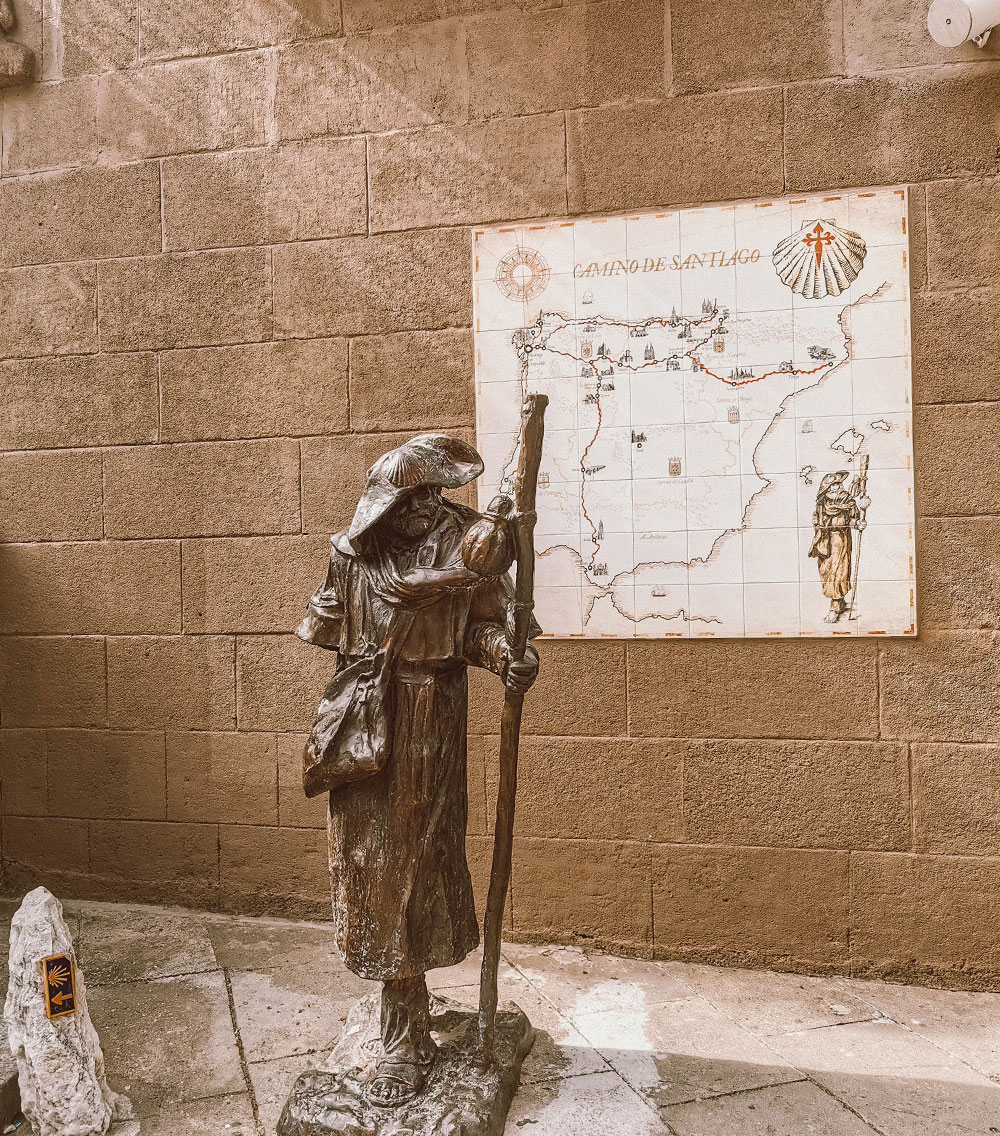
The Mudéjar architectural style, which originated in the Iberian Peninsula during the Middle Ages, is one of Spain’s most recognizable regional architectural types. Brick and tile are often used in Mudéjar architecture, and arches, vaults, and domes are often ornately decorated. Seville, Cordoba, and Granada are just a few of the cities that have examples of Mudéjar architecture.
The Gothic architectural style, which was prominent in Spain from the 12th through the 15th century, is another regional kind. Gothic architecture, which was frequently utilized for religious buildings like cathedrals and churches, is distinguished by its pointed arches, ribbed vaults, and ornate embellishments. The Cathedral of Burgos and the Cathedral of Santiago de Compostela are two of Spain’s most prominent examples of gothic construction.
A specific regional style known as Asturian architecture first appeared in the north of Spain during the medieval era. This design is distinguished by its use of stone and wood, as well as by its elaborately carved wooden balconies and ornate stone accents. Cities like Oviedo and León have examples of Asturian architecture.
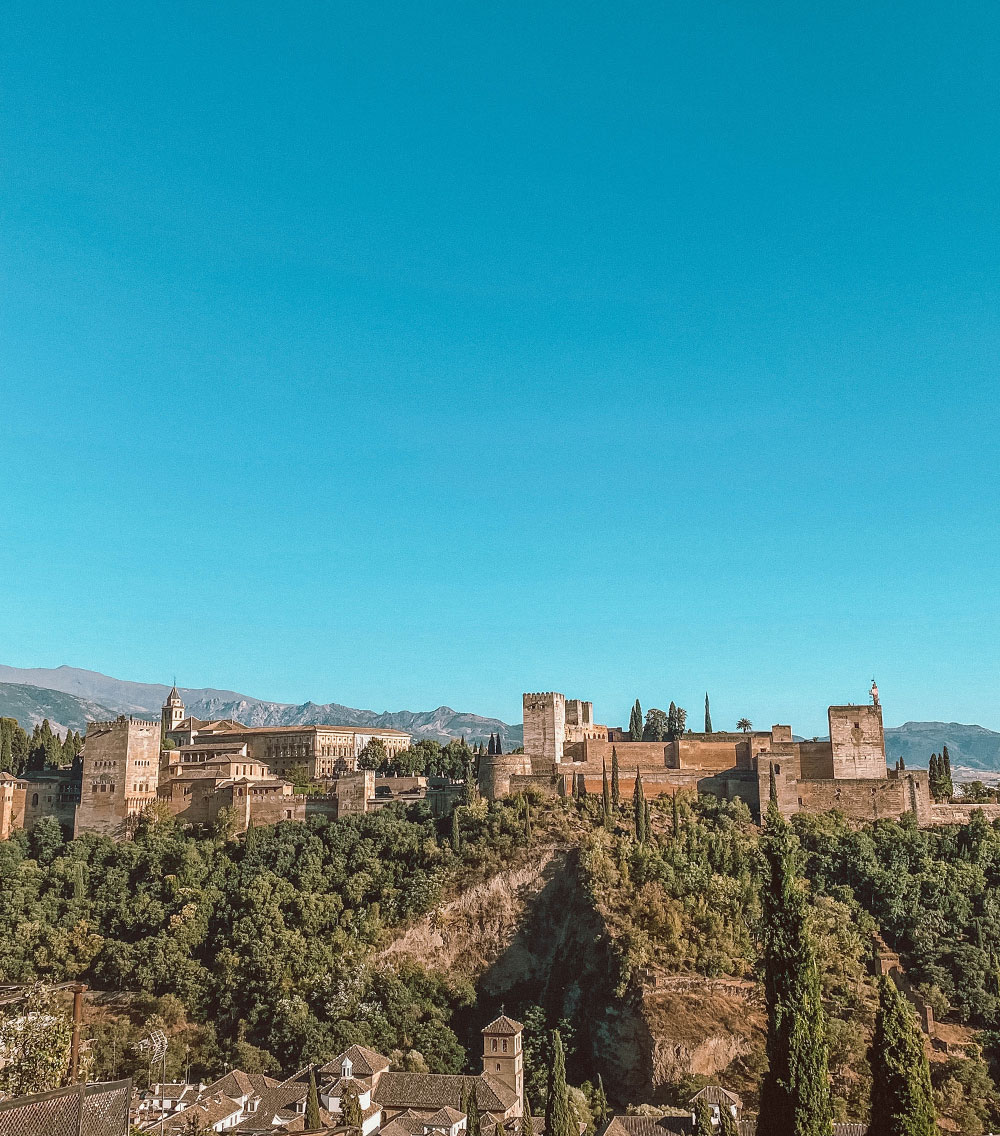
The Alhambra is a complex of palaces and fortifications in Granada, Spain. It is a UNESCO World Heritage Site and one of the most well-known and popular tourist destinations in the nation. The Nasrid sultans, the final Muslim dynasty to control the province of Granada, resided in the Alhambra, which was constructed by the Moors in the middle of the 14th century.
The Alcazaba, the Nasrid Palaces, and the Palace of Charles V are only a few of the structures that make up the Alhambra complex. The Nasrid Palaces, which are regarded as the Alhambra’s crowning achievement, are noted for their elaborate ornamentation, which includes sculpted stucco, glazed tiles, and calligraphy. The palaces are especially well-known for their courtyards, such as the Courtyard of the Lions, which has a central fountain in the middle encircled by twelve lions.
A number of gardens may be found in the Alhambra, including the Generalife, which served as the sultans’ summer home and recreational area. The gardens provide tourists with a tranquil retreat from the bustling city of Granada and are famous for their stunning fountains, lakes, and flowerbeds.
The Alhambra is noteworthy for its historical and cultural significance in addition to its architectural and landscape characteristics. It shows the variety of cultures that were present in the area at the time and functioned as a representation of Muslim authority in Spain throughout the Middle Ages. Both visitors and residents still consider Alhambra to be a significant destination because of its historical significance, natural beauty, and distinctive atmosphere.
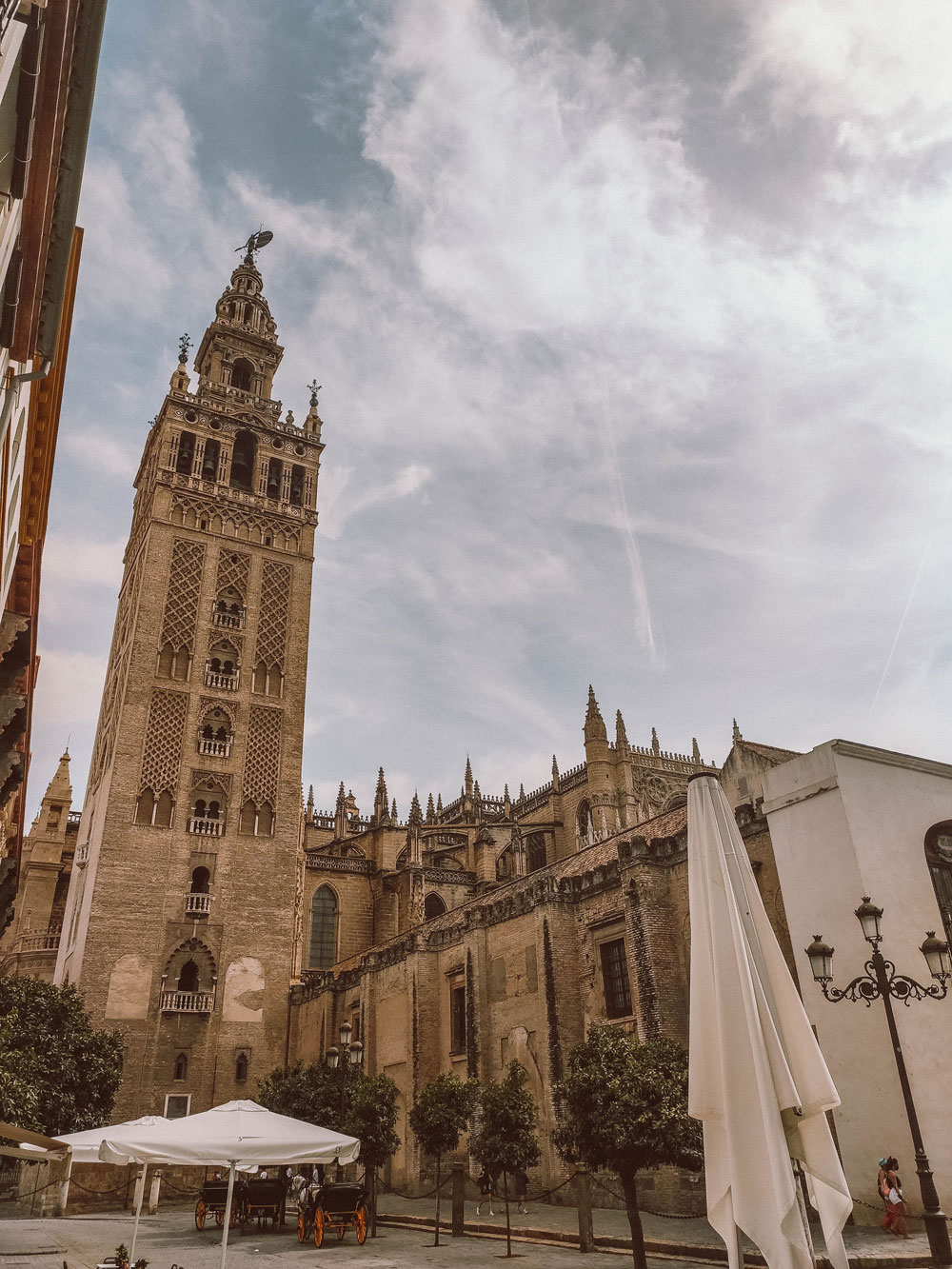
Spain’s Seville is home to the famous tower called La Giralda. Perhaps one of Seville’s most identifiable sights and a representation of the city’s rich historical and cultural legacy. The tower was initially constructed in the 12th century to serve as the minaret of the mosque of the Almohad dynasty. It was then added to the Cathedral of Seville after the mosque was transformed into a cathedral in the 16th century.
La Giralda, which is more than 340 feet tall, provides breathtaking views of the city. It is an illustration of Moorish architecture, which is characterized by its artistic features and detailed decorations. The tower’s four sections, each with a unique style of decorating, are composed of stone and brick. The weather vane on the upper part, known as the Giralda, is made of bronze and is shaped like a woman, representing Faith, according to legend.
La Giralda is known for both its historical significance and its exquisite architectural design. The tower represented the Almohad dynasty’s strength and dominance, and it is still a significant representation of Seville’s cultural history today. Visitors can ascend the tower to the summit for expansive views of the city and to take in the exquisite intricacies of the artwork.
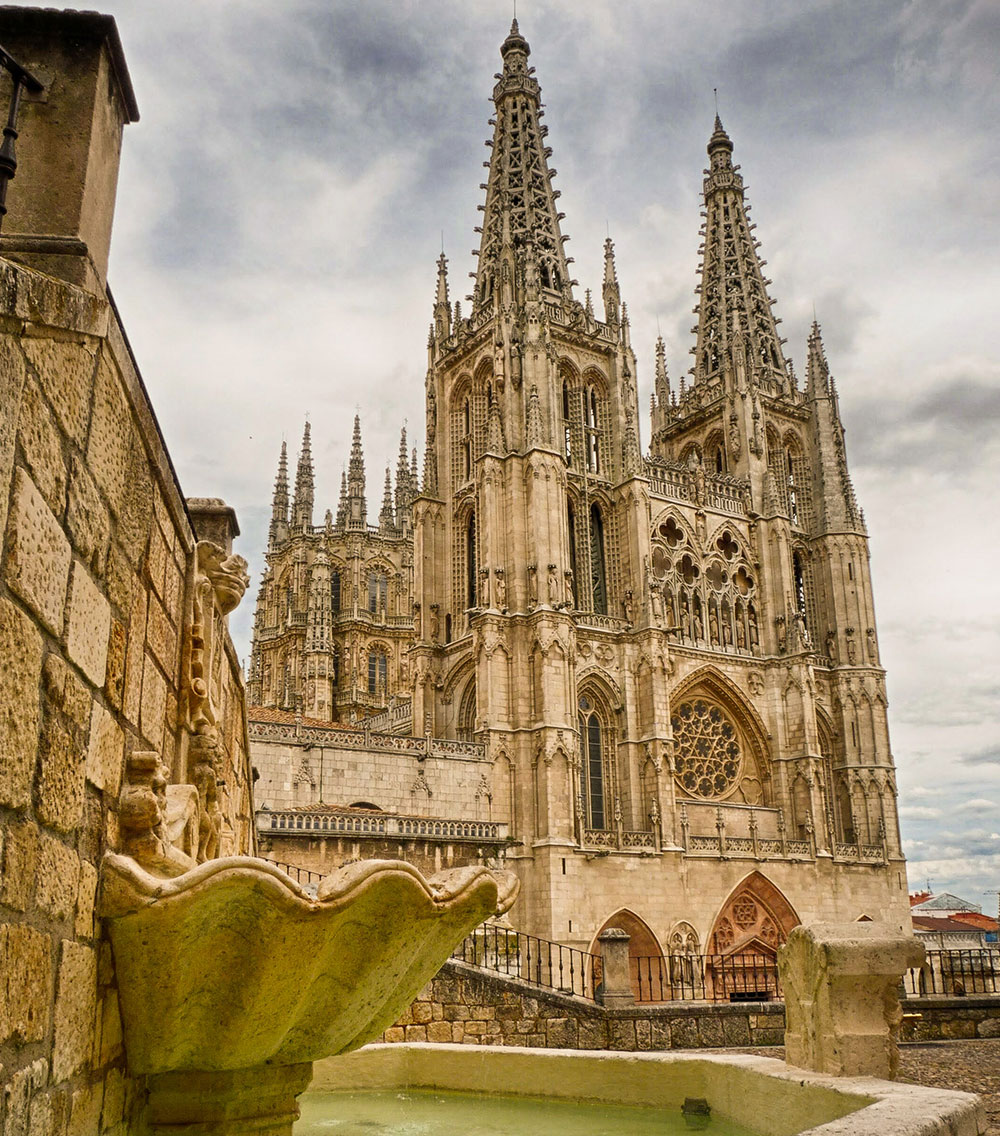
In the Spanish city of Burgos, there is a Gothic-style church called the Cathedral of Burgos. It is regarded as one of the finest examples of Spanish Gothic art and one of the most significant examples of Gothic architecture in the country. The cathedral, which was constructed during the thirteenth and fifteenth centuries, has been included as a UNESCO World Heritage Site.
The cathedral is distinguished by its complex front, which combines Gothic and Renaissance design elements. With its detailed sculptures and artistic components, the central gateway is noticeable. With its tall vaults, ribbed arches, and stained glass windows, the cathedral’s interior is equally magnificent.
The main altarpiece, which is regarded as one of the best specimens of Gothic art in Spain, is one of the interior’s highlights.
The Burgos Cathedral is noteworthy for its historical significance in addition to its aesthetic appeal. Numerous significant occasions, such as King Ferdinand III’s coronation in the 13th century and the funeral ceremonies of other Castilian kings, took place there over the years. Several well-known people have also been laid to rest in the cathedral, including the great Spanish warrior and hero El Cid.
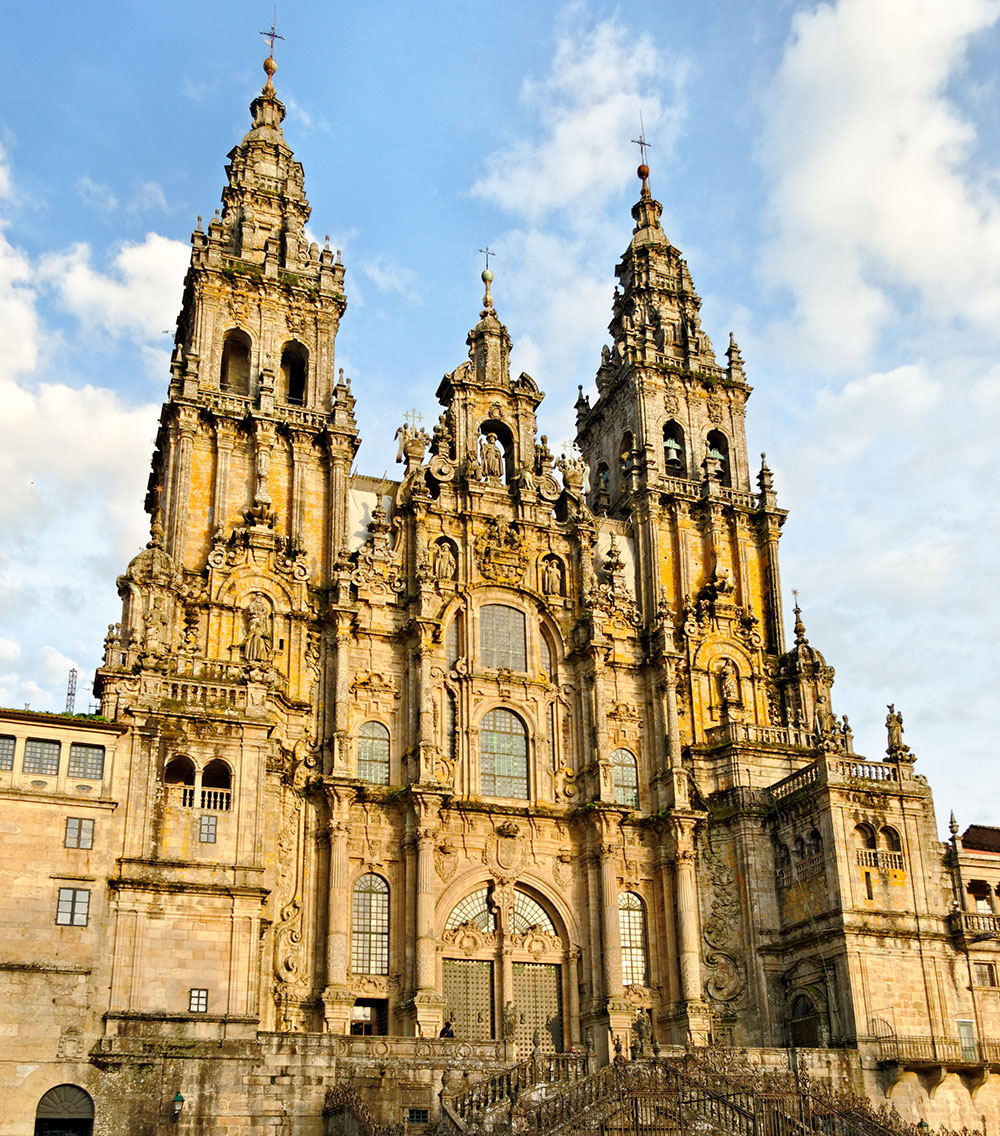
The medieval Cathedral of Santiago de Compostela is situated in the Spanish city of Santiago de Compostela. As the alleged last resting place of Saint James the Apostle, it is regarded as one of the most significant pilgrimage sites in the entire world.
In the 12th century, the cathedral was constructed in the Romanesque style; however, it has since undergone renovations and expansion, including Gothic and Baroque features. The cathedral is distinguished by its magnificent front, which has finely detailed carvings and sculptures, and its enormous tower, which provides sweeping views of the city.
The cathedral’s interior, which has tall vaults, ribbed arches, and stained glass windows, is equally stunning. The main altar, which is built of gold and set with priceless stones, is one of the interior’s centerpieces. A number of significant items of art are also housed in the cathedral, notably the botafumeiro, a huge incense censer used for ceremonial occasions.
The Cathedral of Santiago de Compostela is a representation of the city’s rich cultural past and a significant Christian pilgrimage destination, especially for people traveling the Way of Saint James. The pilgrimage, often known as the Camino de Santiago, has attracted thousands of travelers annually for centuries. The cathedral is the last stop for those who make it there, and it serves as a representation of spiritual rebirth.
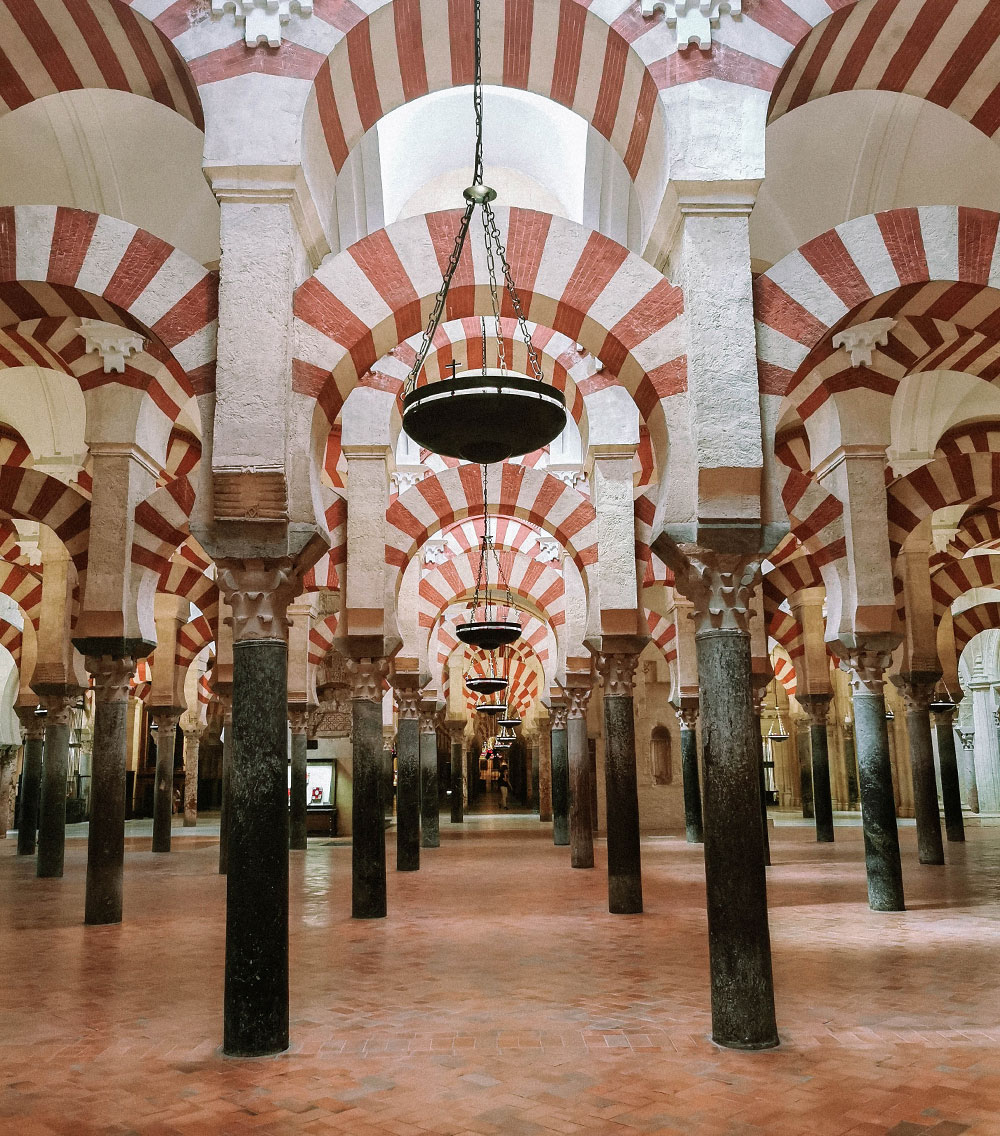
The Great Mosque of Cordoba often referred to as the Mezquita Mosque, is a historic mosque that can be found in Cordoba, Spain. It is widely recognized as a masterpiece of Moorish architectural design and one of the most significant examples of Islamic architecture in Spain.
The mosque was initially constructed in the eighth century and used as a place of prayer for the local Muslim population. It has evolved over the years to represent the shifting cultural and religious influences in the area.
Intricate calligraphy, horseshoe arches, and other Moorish architectural features are used throughout the mosque’s architecture to great effect. The mosque also has a number of patios and courtyards that were utilized for gatherings of the community and for quiet reflection.
Because of the Christian influence in the area at the time, a Renaissance-style cathedral was constructed inside the mosque in the 16th century. The mosque is a distinctive fusion of Islamic and Christian architectural forms since it has been able to keep much of its original architectural style and character despite this addition.
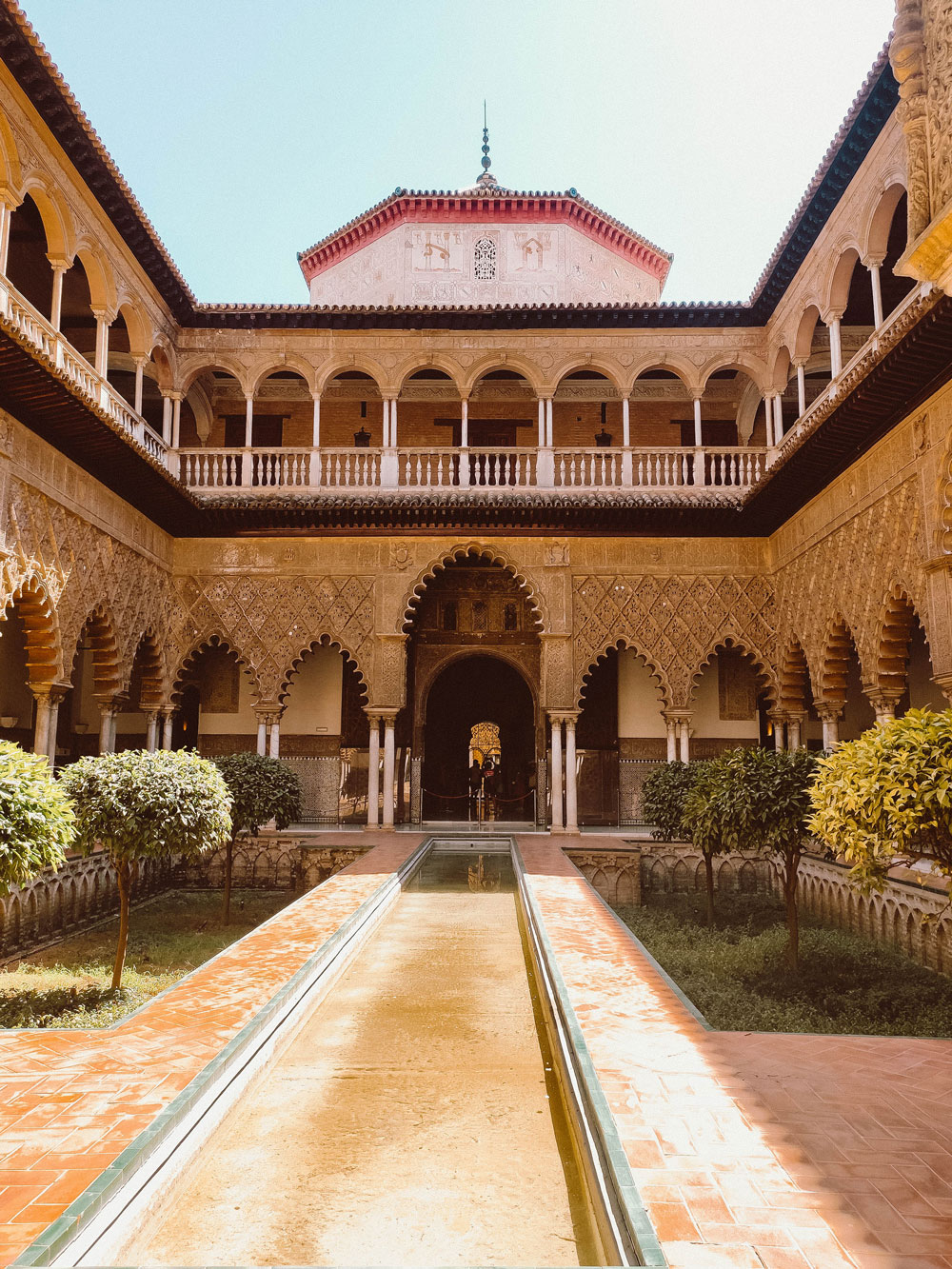
In Seville’s historic district, there is a royal palace called the Alcázar. It is one of the most significant instances of Mudéjar architecture, which combines Islamic and Christian architectural features. The palace was first constructed as a fort in the 8th century when Spain was ruled by the Muslims, and it has since been enlarged and altered to accommodate a range of architectural styles, such as Gothic, Renaissance, and Baroque.
The Alcázar is famous for its lovely gardens, elaborate courtyards, and fine brickwork. The Patio de las Doncellas, a lovely courtyard with a central pool and intricate arches, the Hall of Ambassadors, a sizable, elaborate room with a high, ornate ceiling, and the Courtyard of the Maidens, a tranquil, enclosed space with a central pool and surrounded by lush vegetation, are some of its most notable features.
Numerous Spanish kings and queens have lived there as palaces, and the Spanish royal family continues to use it as a home today.
In the Spanish city of Oviedo, there is a medieval church called the Oviedo Cathedral, sometimes called the Cathedral of San Salvador. It has been recognized as a UNESCO World Heritage Site and it is one of the most significant examples of Asturian Pre-Romanesque architecture in Spain.
The cathedral is among the first instances of Christian architecture in Spain because it was constructed between the ninth and tenth centuries. Its distinct architectural design, which incorporates components of the Visigothic, Mozarabic, and Romanesque traditions, characterizes it. The cathedral is remarkable for its detailed carvings, notably its elaborate capitals, and its exquisitely adorned entryway, which is said to be one of the greatest examples of Asturian Pre-Romanesque art.
The Oviedo Cathedral’s interior, which features impressive stained glass windows and towering vaults and arches, is equally remarkable. The Chapel of Santiago, which houses the Holy Chalice, also known as the Sudarium of Oviedo and thought to have been used by Saint James the Apostle during the Last Supper, is one of the interior’s highlights.
During the early Middle Ages, it was a significant place of worship and one of the first cathedrals to be constructed in Spain following the Reconquista.
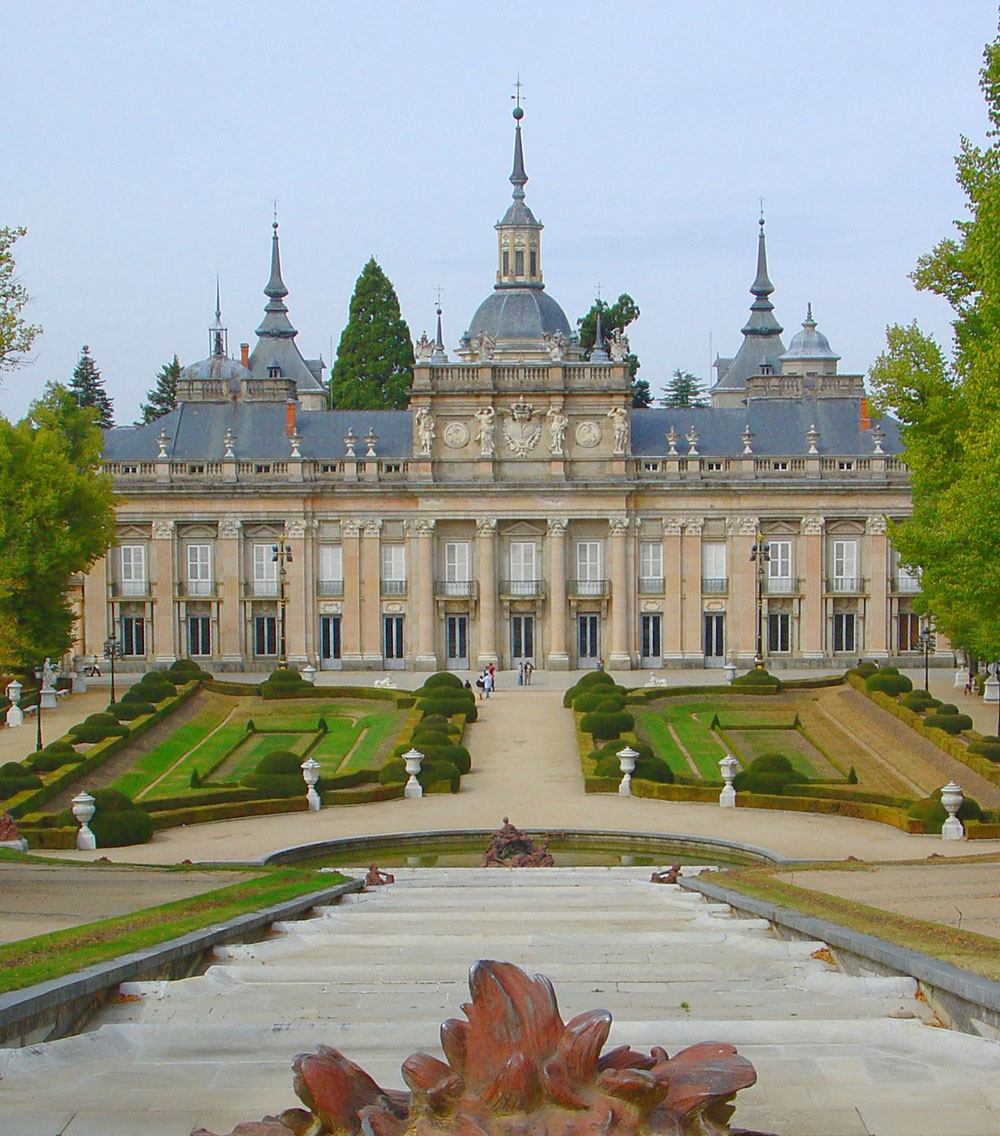
Spain’s Segovia is home to the Royal Palace of Segovia, a historic building. It is among the greatest illustrations of Mudéjar architecture, an architectural aesthetic that combines aspects of Islamic and Christian architecture. The Castilian kings lived in the palace, which was erected in the 16th century.
The palace is notable for its unusual design, which resembles the bow of a ship, and its extensive brickwork, which features complex patterns and beautiful arches. Additionally, it is notable for its beautiful courts, gardens, and elegant interiors, which feature a number of grand halls and chambers.
The Royal Palace of Segovia’s placement on a lofty hilltop with a panoramic view of the city is among its most distinctive characteristics. This offers breathtaking views of the surroundings and exudes a feeling of majesty and grandeur throughout the palace.
The Royal Palace of Segovia has significant historical importance in addition to its architectural value. It has served as a palace for several Spanish monarchs and queens, and it continues to be seen as a symbol of Spanish regal power today.
An important focus on innovation, sustainability, and the fusion of traditional components with modern methods characterize contemporary Spanish architecture and design. Spain has a long tradition of outstanding architecture, and many modern architects are motivated by this tradition while simultaneously attempting to push the boundaries of what is practical using cutting-edge design and construction methods.
The use of natural materials like wood, stone, and glass to construct structures that are both aesthetically pleasing and environmentally friendly is one significant trend in modern Spanish architecture. To cut energy use and limit the carbon imprint of their structures, architects are also adding cutting-edge technology like solar panels and green roofs into their designs.
The use of light and color in modern Spanish architecture is another significant feature. Light is being used by many architects and designers to create aesthetically stunning, dynamic, and engaging structures. This frequently involves using huge windows and skylights, as well as thoughtful lighting planning, to enable natural light to play a crucial role in the building’s design.
There are several additional distinctive and fascinating aspects of modern Spanish architecture and design in addition to these main themes. Spanish architects always push the limits of what is feasible in their sector, whether it is via the use of strong, sculptural forms or the integration of public spaces and outdoor areas into structures.
More and more Spanish architects are using sustainable design ideas in their works. Minimize the influence of buildings on the environment, this involves using renewable energy sources, eco-friendly construction materials, and energy-efficient technologies.
Modern technology is being used by Spanish architects and designers to produce inventive and distinctive constructions. In order to construct structures that are not only visually beautiful but also practical and effective, this includes using computer-aided design (CAD) software, 3D printing, and virtual reality simulations.
Spanish architecture has a long history, and many modern architects are incorporating classic features into their designs, including arches, courtyards, and building materials like tile and stone. A distinctive look that is both timeless and modern is produced through the blending of classic and modern components.
Buildings in Spain are designed to be spacious, light, and welcoming by Spanish architects. Large windows, skylights, and open floor plans are frequently used in this way to let natural light flow through the structure and link the internal and outside spaces.
Additionally, structures created by Spanish architects often blend interior and outdoor areas. In order to provide a smooth transition between the interior and external settings, this frequently entails incorporating patios, courtyards, and green areas into buildings.
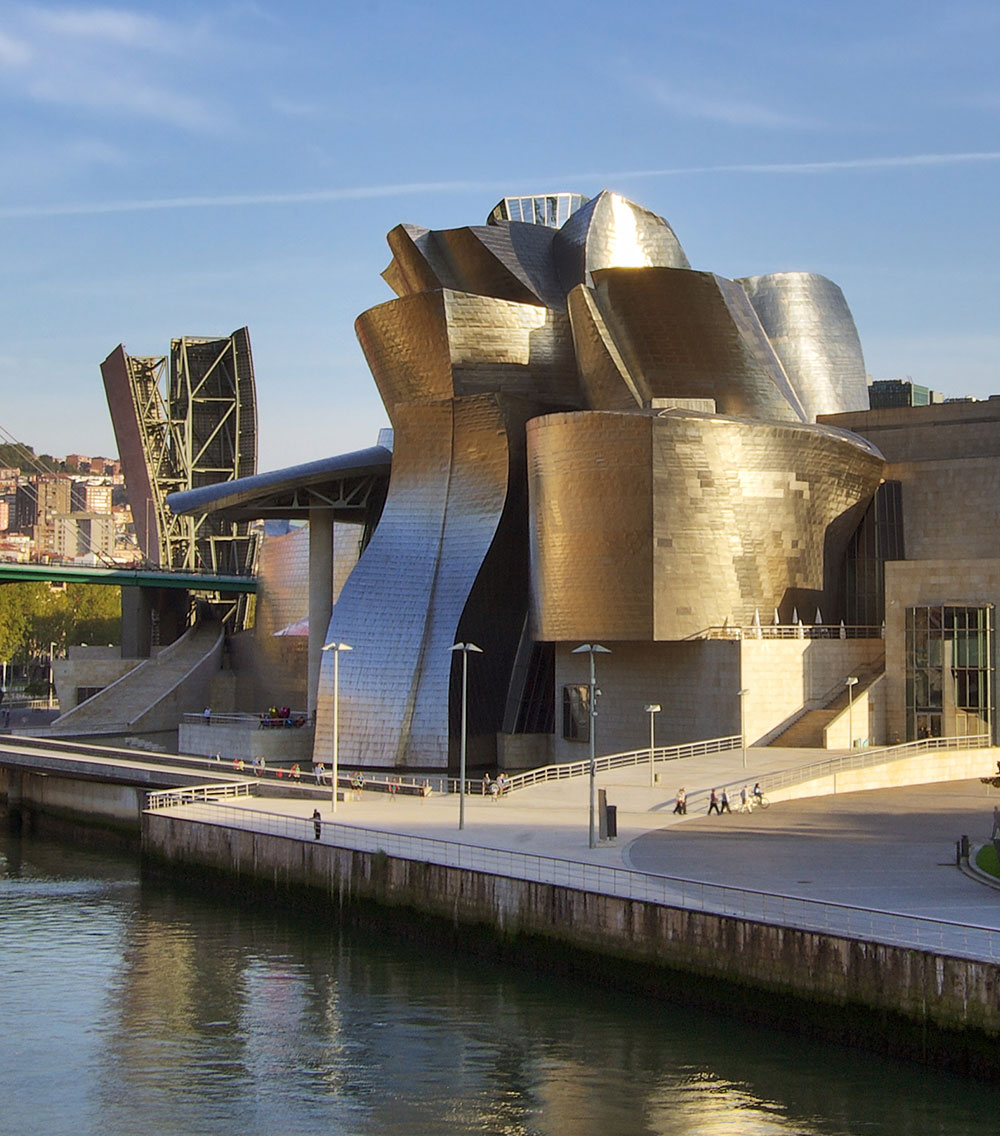
In Bilbao, Spain, there is a museum dedicated to modern and contemporary art. It was built in 1997 and made public by the American-Canadian architect Frank Gehry. The museum is a part of the Solomon R. Guggenheim Foundation, which runs a number of modern and contemporary art institutions all around the world.
Many people consider the Guggenheim Museum Bilbao to be one of the most important architectural accomplishments of the late 20th century. It is distinguished by its unique and stunning forms, which feature fluid and dynamic shapes, curved and flowing lines, and the use of materials like stone, glass, and titanium. Deconstructivist architecture, which stresses fragmented and erratic forms and shuns conventional geometric shapes, is thought to have had a major influence on the museum’s design.
Some of the most well-known painters of the 20th and 21st centuries are represented in the museum’s collection, including, among others, Pablo Picasso, Joan Miró, Jackson Pollock, and Jeff Koons. The museum’s exhibitions are carefully chosen to represent the greatest contemporary art, and they frequently vary to provide visitors with the chance to see fresh and interesting pieces of art.
The cultural and economic revival of Bilbao has been significantly influenced by the Guggenheim Museum Bilbao. Since it first opened, the museum has grown to be one of Bilbao’s busiest tourist destinations and has attracted visitors from all over the world who are interested in art. The museum is a landmark not just in Bilbao but also in the world of architecture and design because of its cutting-edge design and dedication to displaying the greatest contemporary art.
The Ludwig Mies van der Rohe Pavilion sometimes referred to as the Barcelona Pavilion, is a modernist structure designed by the German architect and constructed in 1929 for the International Exposition in Barcelona, Spain.
One of the most significant works of the 20th century, The Pavilion is widely recognized as a masterpiece of contemporary architecture. It was a pioneering example of modernist architecture because of its straightforward, uncluttered lines and minimalist style, which was distinguished by the use of materials like glass, steel, and marble.
The inside of the Pavilion is divided into a number of connected areas, including a sizable central hall, and is characterized by the use of translucent and transparent materials. The building’s facade, which consists of a collection of pavilions coated in marble, exudes tranquility and peace.
As part of a significant restoration of the Barcelona waterfront in 1986, the Pavilion was completely destroyed and reconstructed to the precise specifications of the original design. The Pavilion is now regarded as a famous monument and as a representation of the modernist architectural style.
A cultural complex called the City of Culture of Galicia may be found in Santiago de Compostela, Spain. It was created by American architect Peter Eisenman and is regarded as one of Spain’s most significant instances of contemporary architecture. The complex is made up of a number of cultural structures, such as an auditorium, a music hall, a museum, and a library.
The City of Culture of Galicia’s architecture is distinguished by its use of light and shadow as well as its strong, sculptural shapes. The complex is designed to be seen as a collection of interconnected habitats rather than as a collection of separate structures, which is why the buildings are placed in a succession of connected areas. In addition to giving the structures a sense of weight and solidity, the use of materials like concrete, glass, and stone gives them a sense of movement and vitality.
The Galicia’s City of Culture has won several honors and prizes for its cutting-edge architecture and dedication to sustainability. It is regarded as a must-see for anybody interested in cutting-edge design and cutting-edge construction technology and is widely acknowledged as one of the most significant examples of modern architecture in Spain.
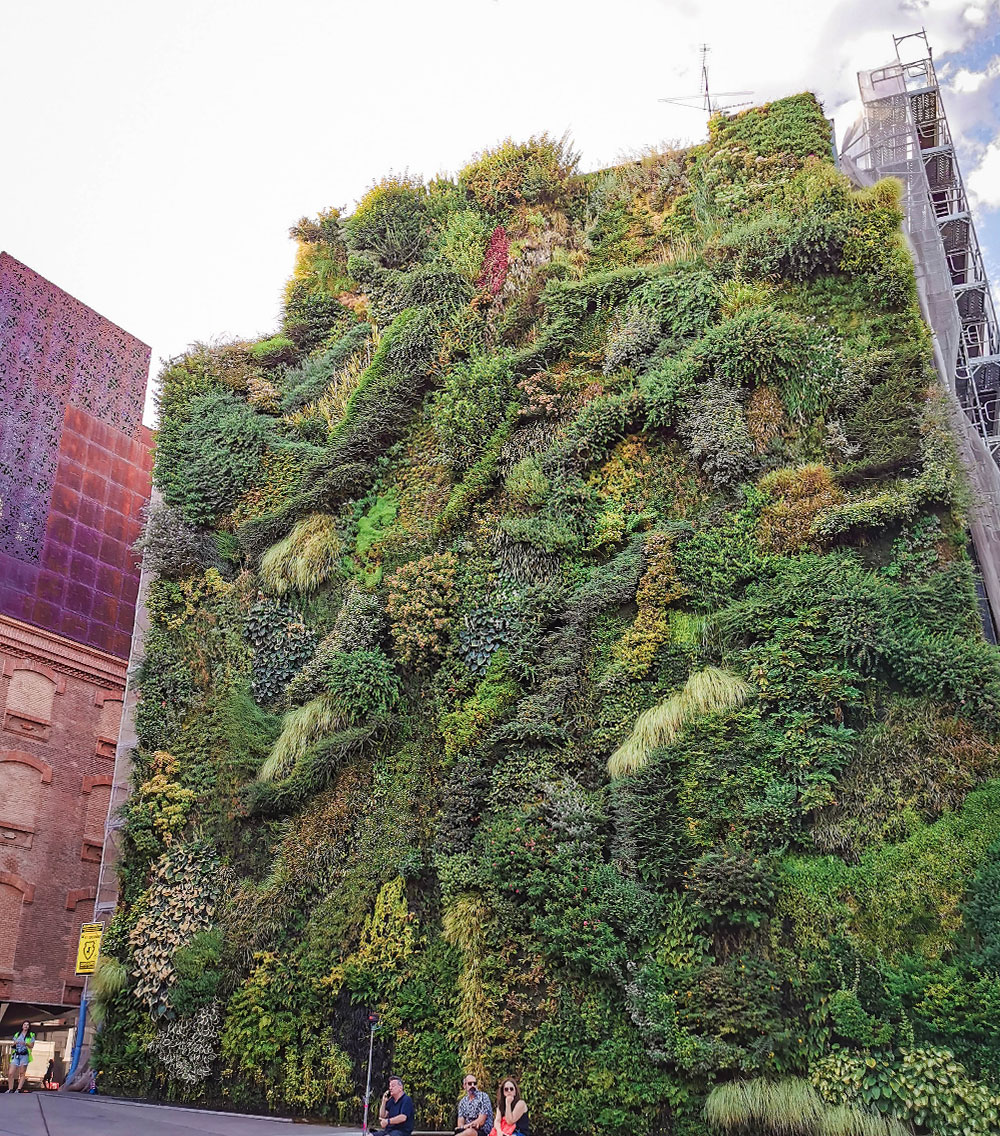
Located in the city of Madrid, Spain, CaixaForum Madrid is a cultural hub. Early in the 20th century, the structure was constructed as a power plant; in 2007, Pedro Feduchi of Spain’s architectural firm converted it into a cultural hub.
The modernist style of CaixaForum Madrid’s design, which mixes straight lines, simple shapes, and a neutral color scheme, distinguishes it from other similar structures. The most noticeable aspect of the structure is its use of glass, which is incorporated into the plan in a number of ways, including huge, curving windows and a translucent front that lets natural light pour into the internal areas.
The cultural programming offered by CaixaForum Madrid is equally well-known. The facility acts as a focal point for Madrid’s arts and culture, hosting exhibitions, concerts, and other events. The structure also has several eco-friendly architectural elements, such as a green roof, energy-efficient lighting, and rainwater collection systems.
Since it first opened, CaixaForum Madrid has grown to be one of the most well-liked tourist attractions in the area. It continues to play a significant role in Madrid’s cultural and architectural scene because of its original design and dedication to sustainability, which has made it a role model for other cultural centers throughout the globe.





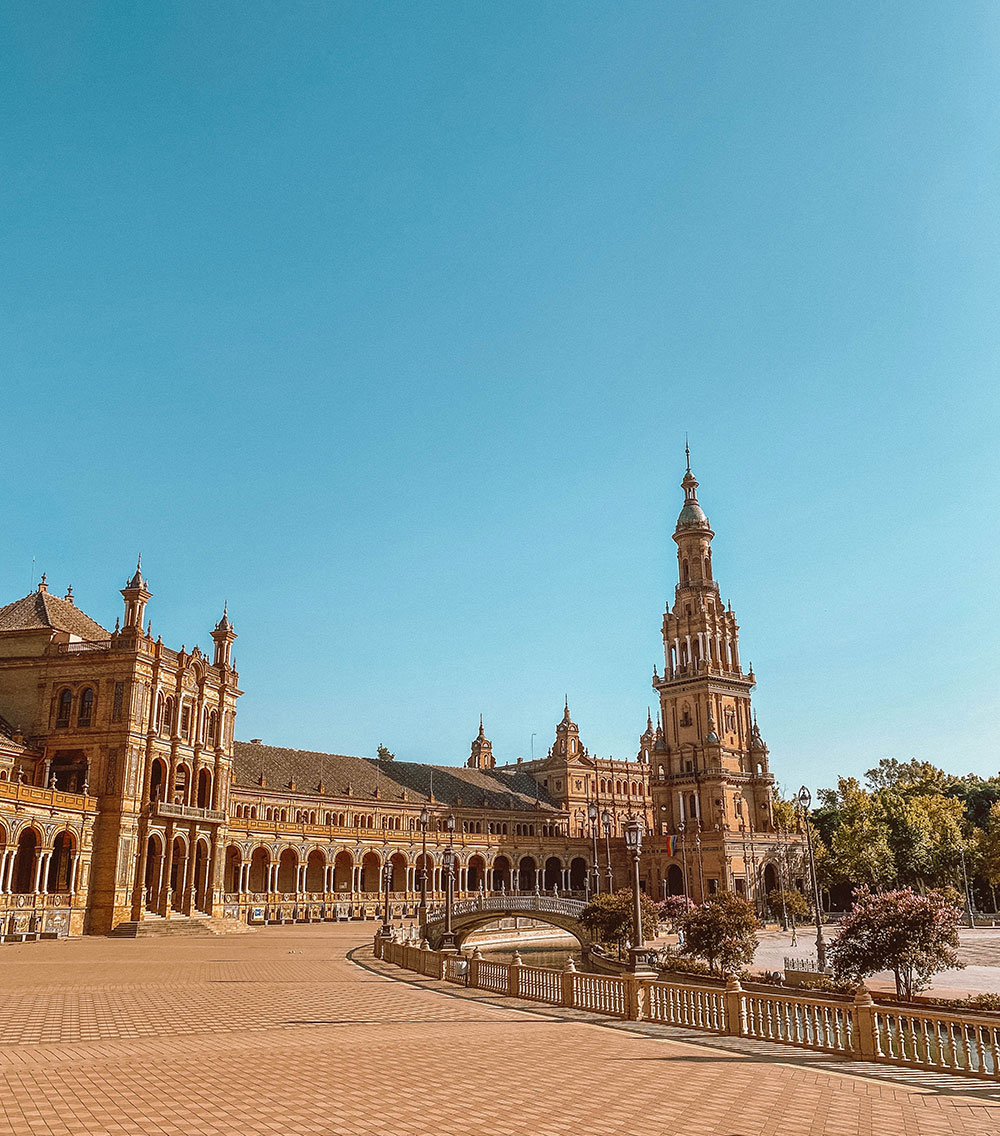
No Comments